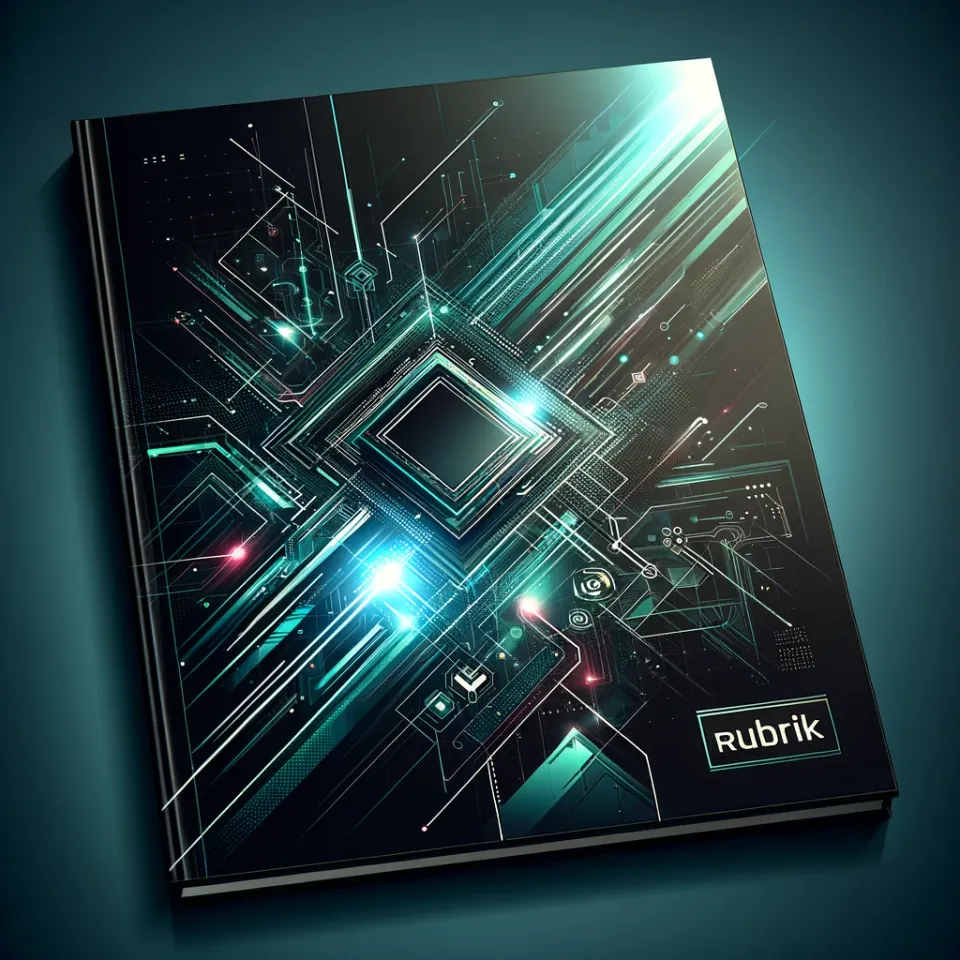Notes: Navigating the Shifting Sands: Is Enterprise Software Facing a Secular Sentiment Change?

Summary
- Investor sentiment toward enterprise software is softening, raising the question of whether this is a temporary cyclical pause or the start of a secular shift.
- AI-native startups are moving faster and capturing attention, while many SaaS incumbents struggle with organizational inertia that makes clean-slate innovation difficult.
- Payback periods for enterprise software are deteriorating, and investors appear to be rotating away from seat-based SaaS even without clear evidence yet of customer or endpoint stagnation.
- Rising inference costs and flat seat-based pricing threaten SaaS gross margins, forcing incumbents to rethink monetization models and adopt hybrid AI strategies.
- Consumer tech, fintech, and ecommerce appear more insulated for now, supported by stronger network effects, higher barriers to entry, and demand that AI enhances rather than disrupts.
- The divergence highlights how enterprise software may be entering a more structurally challenged phase compared to adjacent technology sectors.
Over the past decade, enterprise software — especially SaaS — has been one of the most fertile grounds for value creation in tech. High gross margins, recurring revenues, and cloud-enabled scalability turned it into a safe haven for investors and a magnet for founders. But as we move through 2025, there are signs that this dominance might be softening.
Not necessarily collapsing. Not definitively ending. But softening.
It’s becoming increasingly difficult to ignore that something subtle, but potentially structural, is underway in how markets perceive enterprise software’s role in the next wave of technological value creation. The question now is: Are we witnessing a cyclical pause, or the beginning of a secular rotation away from enterprise software?
From Tailwinds to Crosswinds
Yet 2025 was supposed to be a re-acceleration. The Year of AI Application. With AI innovations moving from lab to production, SaaS firms were expected to integrate AI across their stacks, enhance product capabilities, and drive margin gains through automation.
And to some extent, they have. Companies like GitLab, Monday.com, SentinelOne, Confluent, and Palo Alto Networks have all leaned into AI — both internally to improve operating efficiency and externally to strengthen product offerings. Importantly, these incumbents also retain a key structural advantage: enterprise AI agents need to interact directly with sources of truth — databases that don’t just store but actively govern an organization’s critical operational data.
Unlike traditional LLMs, which are primarily about reading and summarizing, AI agents are being deployed to take actions: writing to CRMs, updating ERPs, amending customer records, and initiating workflows. That requires first-hand access to trusted, well-governed data environments. For now, enterprise customers remain reluctant to hand such access to AI-native startups. They continue to rely on incumbents, who already have embedded security frameworks, compliance controls, and long-standing trust relationships in place (we discussed this in a previous note).
This gives the incumbents a defensive position around core data systems. However, as we witness the evolution of agents and the growing breadth of leading LLMs, it’s a double-edged sword: enterprise SaaS applications may increasingly become the plumbing layer — the custodians of data integrity, or the System of Record — while orchestration, decision-making, and user experience migrate to AI agents that sit above them. This could have the effect of disintermediating the SaaS GUI (Graphical User Interface) and result in major loss in revenue and profits for incumbent SaaS.
Despite these AI initiatives and one assuming that System of Record SaaS names have some degree of moat, share prices tell a different story. A clear divergence has emerged: a select few incumbents are thriving, while many others have struggled despite showing resilient fundamentals. Palantir Technologies (PLTR) has surged 130% YTD, buoyed by its AI-native positioning, and Snowflake (SNOW) has benefited from its reputation as an AI-ready data cloud platform, rising 28% YTD. But elsewhere the picture is far less rosy. Fortinet (FTNT) suffered a steep 25.9% single-day decline and is down 14% YTD. monday.com (MNDY) has fallen 24% so far this year, pressured by fears of AI obliterating the seat-based model (that many SaaS vendors are still clinging to) and commoditizing work management software. Palo Alto Networks (PANW) is down 3% YTD, underperforming peers, while SentinelOne (S), GitLab (GTLB), and Confluent (CFLT) are suffering even more, down by ~20% and more, even as each has leaned into AI integration.
While the System of Record idea, whereby legacy SaaS is still in high demand as AI agents need to interoperate in ground truths and the most reliable data, is a worthy thesis for SaaS, it is the SaaS players that have been embracing AI from the onset in late 2022/early 2023 - and even pre-GenAI - who will ultimately prevail. To compete with AI-natives, they need to innovate with fast iteration because the startups, thanks to zero technical debt, are moving at a rapid pace. Any SaaS vendor with an inertia and defense-mode mentality is going to fade into irrelevance.
Investors May Be Sensing Disruption Before It Hits the P&L
One explanation for the underperformance of many enterprise software names is that the market is looking forward — pricing in disruption risks well before they show up in revenue or margin lines. Convequity’s Payback Period analysis sheds light on this.
The Payback Period measures how long it takes to recover CAC (Customer Acquisition Cost) spend from incremental gross profit. Put simply, it’s about how efficiently growth is being bought — not just how much growth is being achieved.
Oftentimes S&M is the best proxy for CAC, however, the data source we've used for this analysis does not separate S&M from G&A, and instead shows them together as SG&A. Hence, we have used SG&A as a rough proxy for CAC.
Our formula is:
Payback (quarters) = SG&A (t-1) ÷ [(Revenue t – Revenue t-1) × Gross Margin (t)]
Consider a simple example:
- $150m SG&A generates $40m in incremental ARR.
- At 80% GM, Payback = 150 ÷ (40 × 0.8) = 4.7 quarters.
- At 60% GM, Payback stretches to 6.25 quarters.
Same revenue growth, very different economics. The difference comes down to whether a sales org can win deals on product strength, or if it must rely on discounting that erodes gross margin. In essence, it's a combination of sales proficiency, product quality, and brand perception.
deals on product strength, or if it must rely on discounting that erodes gross margin. In essence, it's a combination of sales proficiency, product quality, and brand perception.Note: be mindful that the analysis below was conducted on 11th August, so for some companies who have reported earnings in the past week, the t-0 payback will not be the actual latest. However, the general trends - albeit also be aware that there is some noise - are still insightful.
Source: Convequity
Across our cohort of 52 SaaS stocks, for enterprise software the trend has been unmistakable: Payback Periods are deteriorating. Six or more quarters ago, the distribution was healthier, with many enterprise software firms clustered in the efficient 5–10 quarter range (Excellent, Good, and Average). Today, there are fewer in those zones and many more drifting into the pink (15-20 quarters - Poor) and red zones (20+ quarters - Very poor).
What’s driving this increase in payback for enterprise software names? It's likely a mix of:
- Higher SG&A spend to compete against nimble AI-native startups - most likely.
- Lower gross margins from price cuts as competition intensifies versus AI-native startups - gross margins appear to have peaked or are turning south but it's only marginal for now.
- Seat compression risk in back-office SaaS as fewer employees are needed thanks to AI - no clear evidence yet, however.
It’s this third dynamic that warrants closer attention. Seat-based SaaS models — especially in IT, HR, and accounting — are structurally vulnerable to AI-driven productivity gains. As we speculated in an earlier note, these functions have a natural ceiling: once the IT environment is stable, uptime strong, employees have resource access, and cybersecurity is effective, scaling headcount further doesn’t generate incremental revenue. If an IT team that once required 10 staff can now operate with 3 because of AI, enterprises are more likely to take the cost saving than hire more people. By contrast, revenue-generating functions — sales, marketing, R&D, and any role associated with the product — do not face such a ceiling. If AI makes each salesperson more productive, firms often add more sales reps to maximize revenue until the marginal return on hiring flattens.
This logic suggests seat growth could slow in non-revenue-generating domains as a result of growing AI employee usage, creating a headwind for vendors serving those categories - such as the likes of Workday (WDAY - related to HR), Okta (OKTA - related to IT), and Jamf (JAMF - related to IT). That said, it’s important to stress that the evidence so far does not point to broad-based seat declines. Most vendors continue to report growth in seats, endpoints, and/or customers. For now, the risk remains more theoretical — but one the market may already be pricing in, or beginning to price in but not fully yet. However, the general vibe feels as though investors are broadly moving away from seat-based SaaS vendors, whether there is evidence to support this rotation or not.
Another major influencing factor is enterprises allocating a significant portion of their IT budget over to AI. IT budgets can't just expand 10-20% to pay for AI, which means most enterprises are paying for AI out of their IT budget, resulting in less traditional IT SaaS being purchased. On an individual SaaS vendor level, this should mostly manifest in less seat growth and less net new ARR. And only the SaaS vendors who have AI embedded and are monetizing it will be able to counter the reduction in traditional IT spend. However, this may pose the problem, because it appears SaaS incumbents are not aggressively monetizing their AI offerings. Many vendors (MNDY, HUBS, ASAN, KVYO, and WDAY) either incorporate their AI features into the core subscription tiers or include generous AI credits, while not having increased their subscription prices over the past 1 year.
AI monetization of select SaaS vendors - information retrieved by GPT-5




